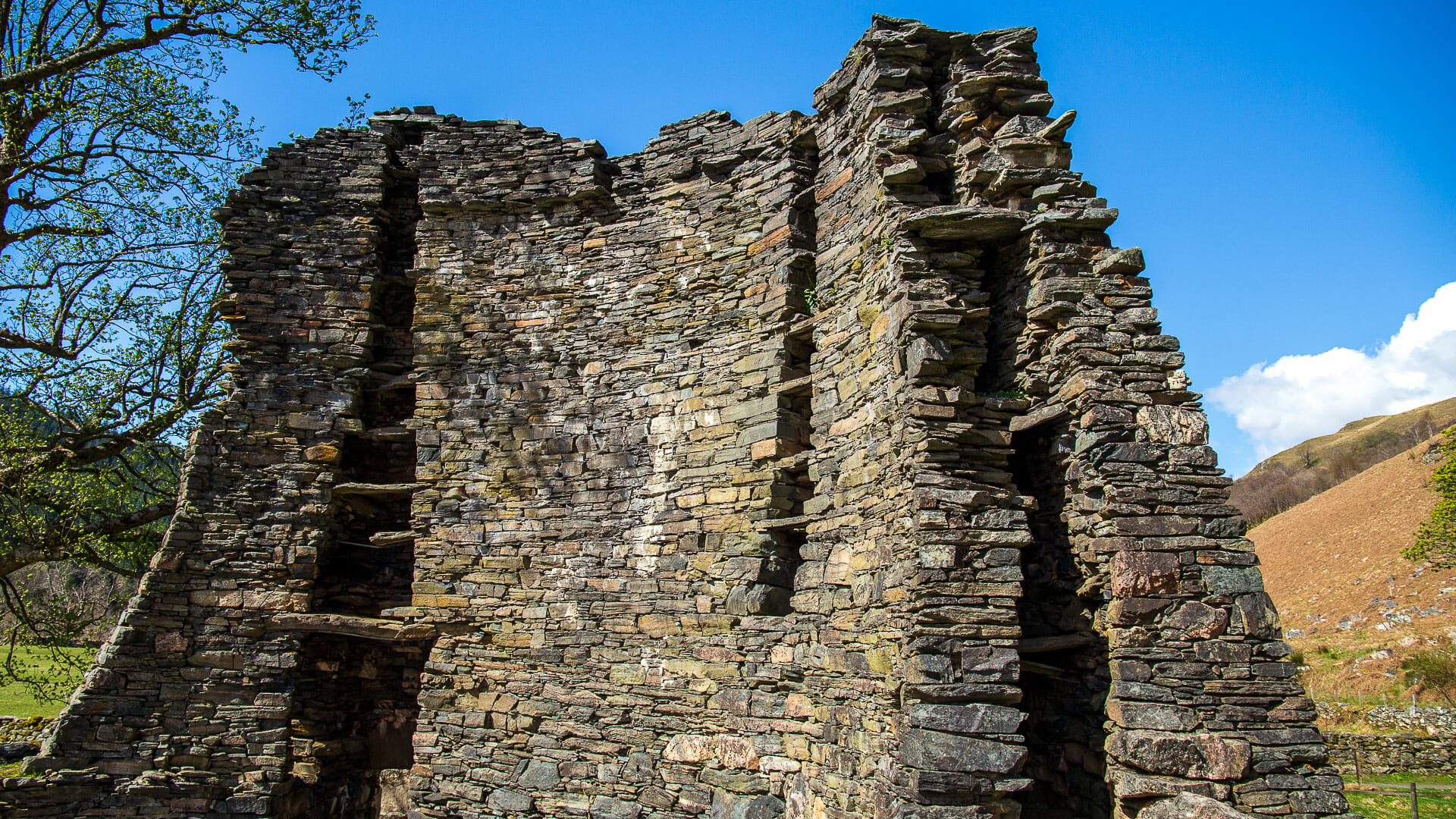‘The Brochs of Scotland’ is a bit of an unusual book for me to review; the book is a type of publication that is known as a monograph, that is, a book or pamphlet on a single scholarly topic. Monographs are usually small, ‘The Brochs of Scotland’ is only 56 pages total, and tend to be a bit technical. Because of their narrow focus of interest typically only a few thousand copies of a monograph are printed, often by a publishing house that specializes in such small, scholarly works. ‘The Brochs of Scotland’ is in fact printed by Shire Publishing, a division of Bloomsbury Publishing that is devoted to such books.

In the history of science a few monographs have gone on to become famous, the best example would probably be Galileo’s ‘The Starry Messenger’. Most monographs however remain virtually unknown to everyone but a specialist in the field or a devoted amateur.

As I was reading ‘The Brochs of Scotland’ I happened to notice that I have quite a few monographs, a few examples are ‘Stonehenge and Avebury’, ‘Seeing Stars’, and ‘A List of Devonian Fossils collected in Western New York with notes on their Stratigraphic Distribution’. I decided to review ‘The Brochs of Scotland’ not only because it would give me a opportunity to discuss these unusual Iron Age structures that are unique to Scotland but because it would also give me the chance to talk about monographs.

Brochs are a distinctive form of stone tower or fortress that were built by the hundreds between approximately the years 100 BCE and 100 CE. Brochs are unknown outside of modern Scotland and most are concentrated in the northern and western parts of the country, only a few Brochs can be found in the middle and southern parts of the country. The majority of Brochs are now ruins but a few are complete enough to show what impressive structures they were in their heyday.

As I said Brochs are stone towers with a central open area round 10 meters in diameter where the inhabitants lived. This area was surrounded by a massive circular wall between 4 and 5 meters in thickness and as much as 10 meters in height. Those thick walls are perhaps the most striking feature of the Brochs because they are really a double wall with a space in between that averages around a meter wide inside them. Often the space between the walls was used as a room or storage area. At the same time stairways to the top of the Brochs were also built into the walls.

Each Broch had only a single entrance from the outside to the central area, often with one of the rooms attached to the entrance, perhaps as a guard post? In any case the entrances were well protected, attachments for bolting heavy wooden doors can still be seen in the better preserved Brochs.

The whole design of the Brochs indicates that they were built for defense, the Iron Age equivalent of castles for local chiefs. However only a very few of the remaining Brochs show any sign of ever having been attacked, the author Ritchie suggested that they may have been built so well that it was a waste of time and effort to even consider attacking one.

If that was so then why did the 2nd century inhabitants of Scotland stop building them, why over the next few hundred years were the Brochs abandoned? In ‘The Brochs of Scotland’ the author considers both this question and the also unknown origins of the Broch style of architecture. The monograph also considers the questions of what it was like to live in Scotland at the time of the Brochs along with brief descriptions of some of the better known, better preserved Brochs along with some of the artifacts that have been found among them.

Now I don’t suppose that anyone out there is going to rush to buy a copy of ‘The Brochs of Scotland’ unless you’re as interested in the archaeology of the British Isles as I am. It is actually available from Amazon if you are. Still, I do recommend ‘The Brochs of Scotland’; it is a wonderful overview of these ancient, formidable yet kinda weird habitations.

And I also recommend monographs in general. They are wonderful little books, containing a great deal of information on very select subjects. So, if you have an interest in Hindu temples, or the birds of Chile, or the paintings of Rembrandt check to see if there are any available monographs on the subject. I’m sure someone has written one sometime or another!
